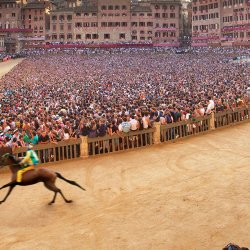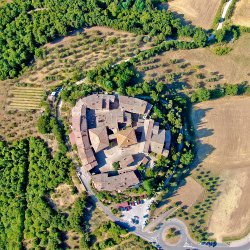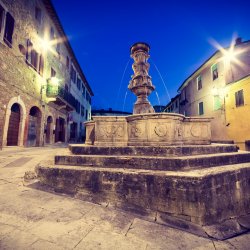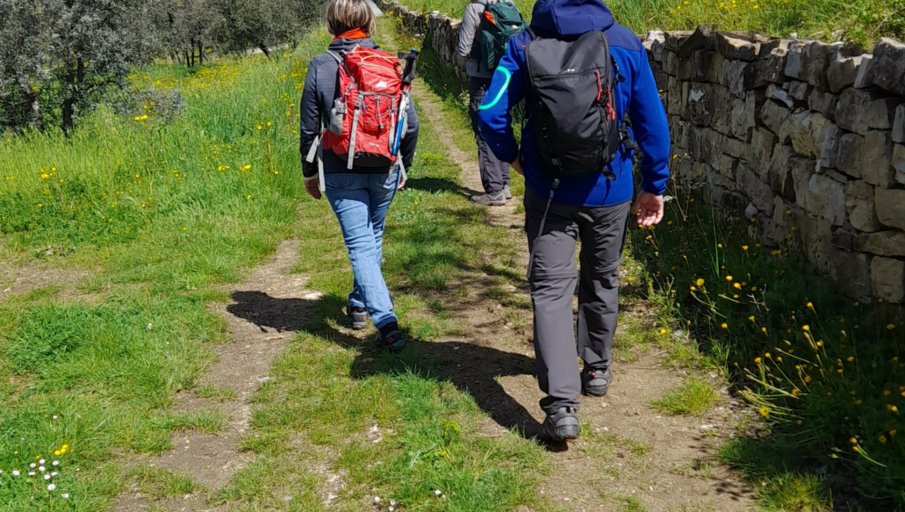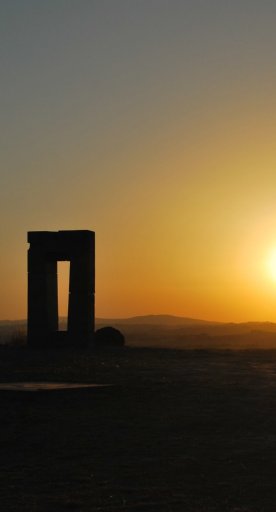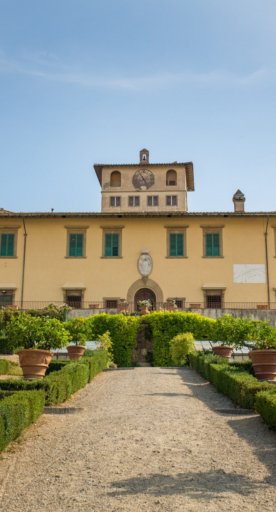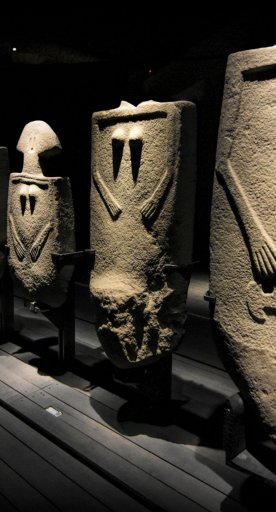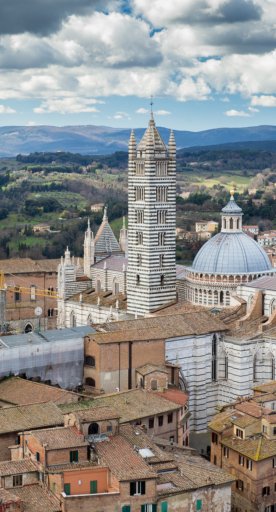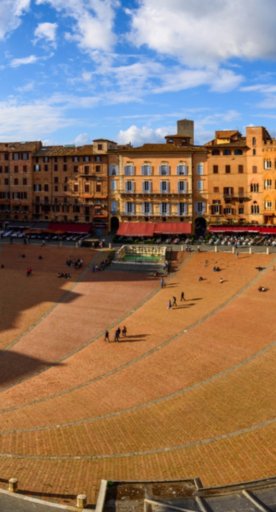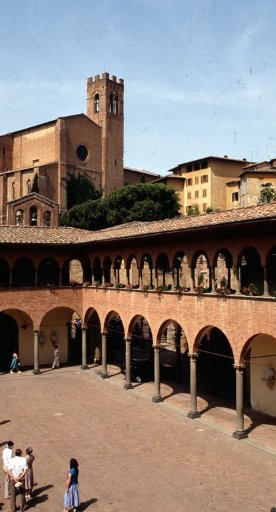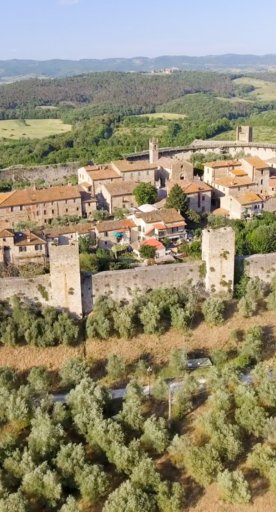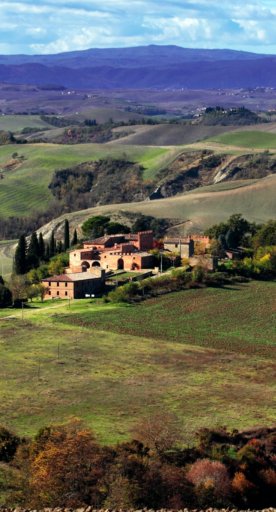Historic hostels along the Tuscan Via Francigena
Pilgrim hospitality is a practice that has survived from the Middle Ages through to the present day, still taking place in historically charming locations.
The route of the Tuscan Via Francigena is dotted with charming historic places, structures that have witnessed time and have always been devoted to welcoming pilgrims. The historic hostels that have sprung up along the route of this centuries-old European route allow travellers to fully immerse themselves in the history of the Via Francigena, staying in the premises of monasteries, castles and defensive structures, for an even deeper pilgrimage experience.
-
1.Parishes, churches and monasteries
-
2.Spedali and centuries-old fortifications
-
3.An experience along the entire Tuscan Francigena
Parishes, churches and monasteries

Over the centuries, many buildings of religious origins have welcomed pilgrims on their way to Rome.
Close to the 16th-century walls of Lucca, for example, is the historic Basilica of San Frediano, known for the large mosaic that colours its facade. The hostel is in the premises adjacent to the church that's attached to the cloister of Santa Chiara, an accommodation facility that welcomes pilgrims as they enter the "City of 100 Churches".
The hostel dedicated to welcoming travellers was formed next to the Parish Church of Santa Maria Assunta in Chianni (not far from Gambassi Terme). The exposed beams and frescoes that decorate the ceilings of the rooms reveal the building's history, having always been frequented by wayfarers who crossed the Tuscan Via Francigena; the church was also the 20th stop of Archbishop Sigeric.
A short distance from the mighty walls of Monteriggioni stands the complex of Abbadia a Isola, built around the Abbey of Saints Salvatore and Cirino in 1001 at the behest of Countess Ava. The monastic premises of the abbey that frame the beautiful cloister now house an accommodation facility.
Spedali and centuries-old fortifications
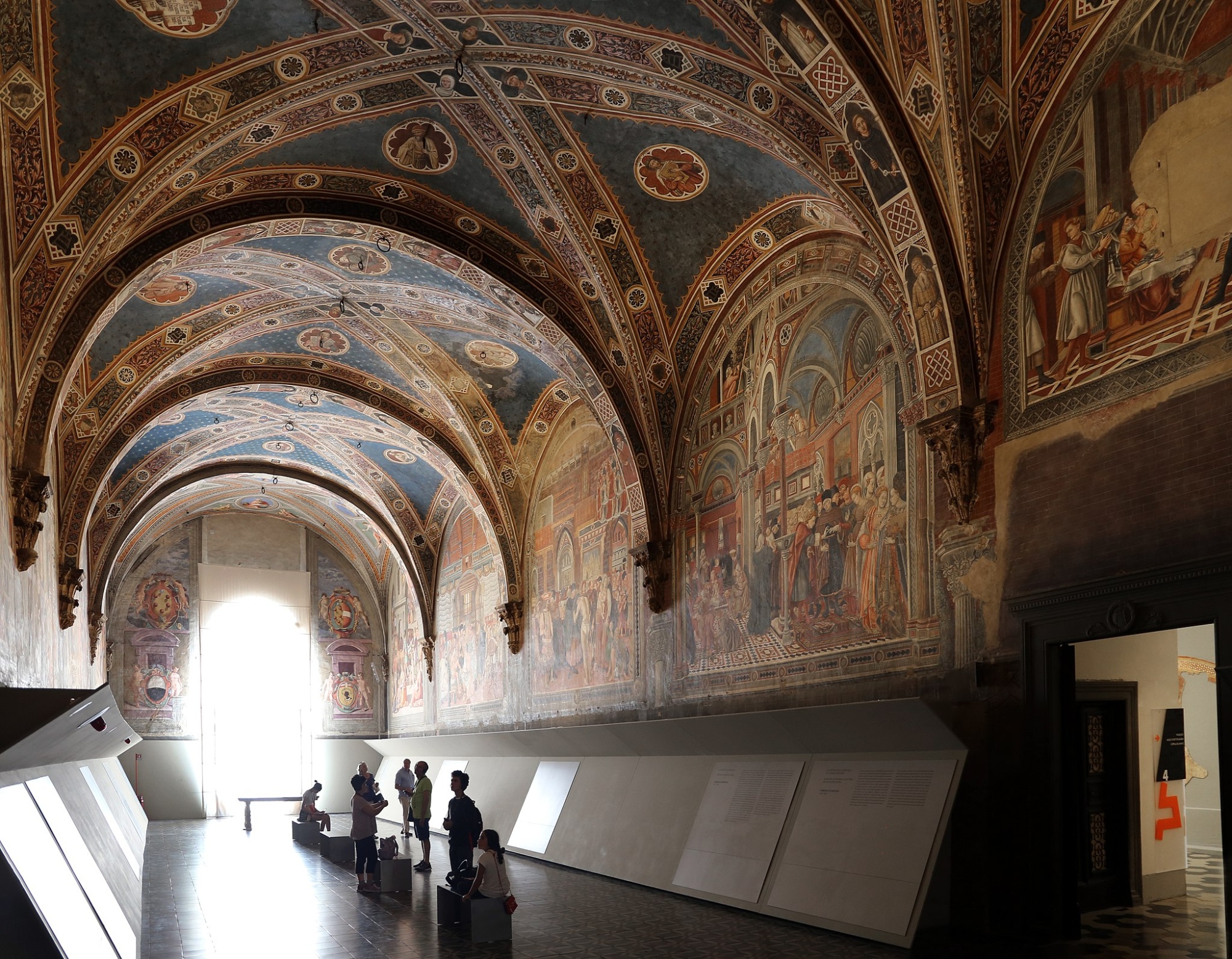
A short distance from a stretch of the original path of the Francigena stands the Medici bridge of Ponte a Cappiano (in Fucecchio). Originally a fortified structure that had control functions, it was then used as an administrative centre by Cosimo I de 'Medici, and today it's used for pilgrim hospitality.
In Piazza Duomo in Siena, in front of the glittering marble of the Church of Santa Maria Assunta, you'll find the historic Spedale del Santa Maria della Scala. Once dedicated to hospitality and care activities, today the complex is a museum with the former nurses' house converted into a hostel.
An experience along the entire Tuscan Francigena

There are many historic buildings along the Tuscan Francigena where it's possible to stay during your journey. One such place is Piagnaro Castle in Pontremoli, as well as stop at the Badia della Pietà in Camaiore or at the Abbey of San Salvatore in Abbadia San Salvatore. In Altopascio, pilgrim hospitality is a tradition that dates back to the historic monastic order of the Knights of the Tau who welcomed travellers in the Spedale, providing meals and medical care.
A stay in a historic hostel is a deep experience that brings today's pilgrims closer to those of the past, especially by following several stages of the journey one after anoter. In these cases, it's advisable to contact the facilities about their availability.


